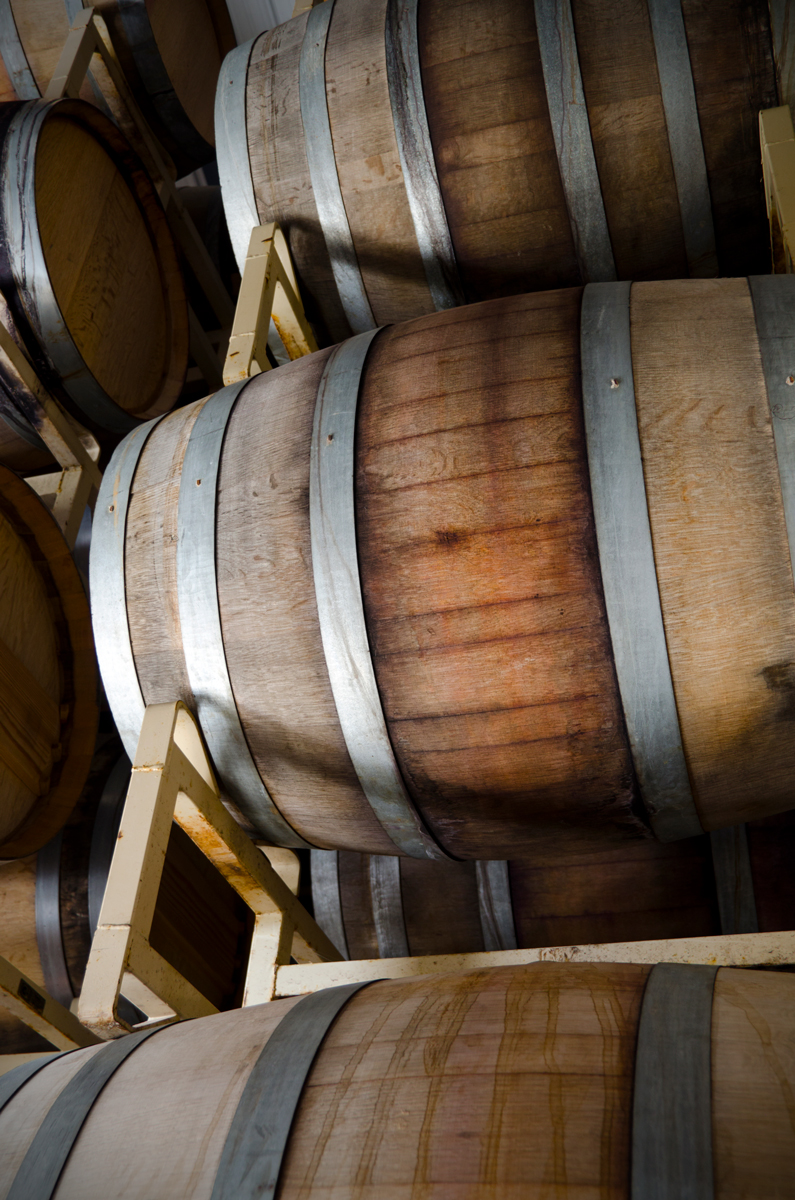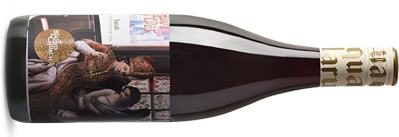
Wine Culture Magazine

Oak barrels can add notes of vanilla, spice and cocoa. Getty Images photo
In the wine world, “oaky” is a common term used to describe the flavour of wine—for a good reason.
While oak barrels stacked in perfect rows at a winery are a thing of visual beauty, the primary use of oak in wine production is to influence its flavour. (It also allows oxygen exchange, which makes wine smoother and less astringent, and creates a stable environment for metabolic reactions like malolactic fermentation to occur.)
The amount of oaky flavour depends on certain factors. Broadly they are: type of oak; seasoning and toast; barrel size; amount of time the barrel has been in use; and length of time wine is in contact with the oak barrel.
Winemakers often use French or American barrels: French oak is fine-grained and typically imparts refined tobacco, coffee bean and chocolate flavours; American has wider grains in the wood and can introduce intense notes of vanilla, sweet spice and coconut.
Once the type of oak is decided, winemakers choose the level of “toast.” Barrels used for aging wine are produced by treating the wood staves with fire, a.k.a. toasting them. A light, medium or heavily toasted barrel will affect the wine inside; the heavier the toast, the more intense the flavours of vanilla, coffee and spice.
When it comes to oak wine barrels, size matters! Smaller barrels bring more wine into contact with the wood and add more oaky flavour. Most oak barrels in wineries are 225 litres (Bordeaux) or 228 litres (Burgundy), equivalent to 25 cases of wine, but can range to 500-litre puncheons and massive 30,000-litre French foudres.
Like a tea bag, oak flavour extraction is reduced every time a barrel is used. The first use imparts the most flavour, the second fill delivers slight flavours. By the time a barrel is used for its third time, barely any oak flavour is noticeable—the main reason to use it is to allow air exchange to mellow the flavours.
The amount of time wine spends in oak barrels is also a consideration. On average, wine can age in oak from six months to three years.
Winemakers have other options to impart oaky flavours. When added to fermenting or aging wine, oak chips, oak staves and even wood powder can affect a wine’s taste. These methods introduce an oaky flavour in a matter of weeks rather than months or years.

Township 7 Vineyards & Winery Chardonnay 2020
(Okanagan Valley, B.C., $25.97) Half fermented in French oak; peach, pear, vanilla, a hint of baking spice.

Tightrope Winery Fleetwood Vineyard Merlot 2020
(Naramata Bench, B.C., $31) 12 months in French oak; plum, cherry, tobacco, a lingering finish.

TIME Family of Wines McWatters Collection White Meritage (Sauvignon Blanc, Sémillon) 2020
(Okanagan Valley, B.C., $34.59) Half the Sémillion fermented in oak; grapefruit, citrus, complex.

Blasted Church Vineyards Syrah 2018
(Okanagan Valley, B.C., $32) French, American and Hungarian oak; cured meat, blackberry, black pepper, excellent acidity.

Christine Campbell is a Vancouver-based freelance and travel writer, educator and host of the Wine Soundtrack Canada podcast. She is WSET certified and is a French Wine Scholar. Follow Christine’s adventures in wine and abroad at girlsgogrape.com and on Instagram at @girlsgograpedotcom.

Christine Campbell is a Vancouver-based freelance and travel writer, educator and host of the Wine Soundtrack Canada podcast. She is WSET certified and is a French Wine Scholar. Follow Christine’s adventures in wine and abroad at girlsgogrape.com and on Instagram at @girlsgograpedotcom.
Copyright © 2025 - All Rights Reserved Vitis Magazine